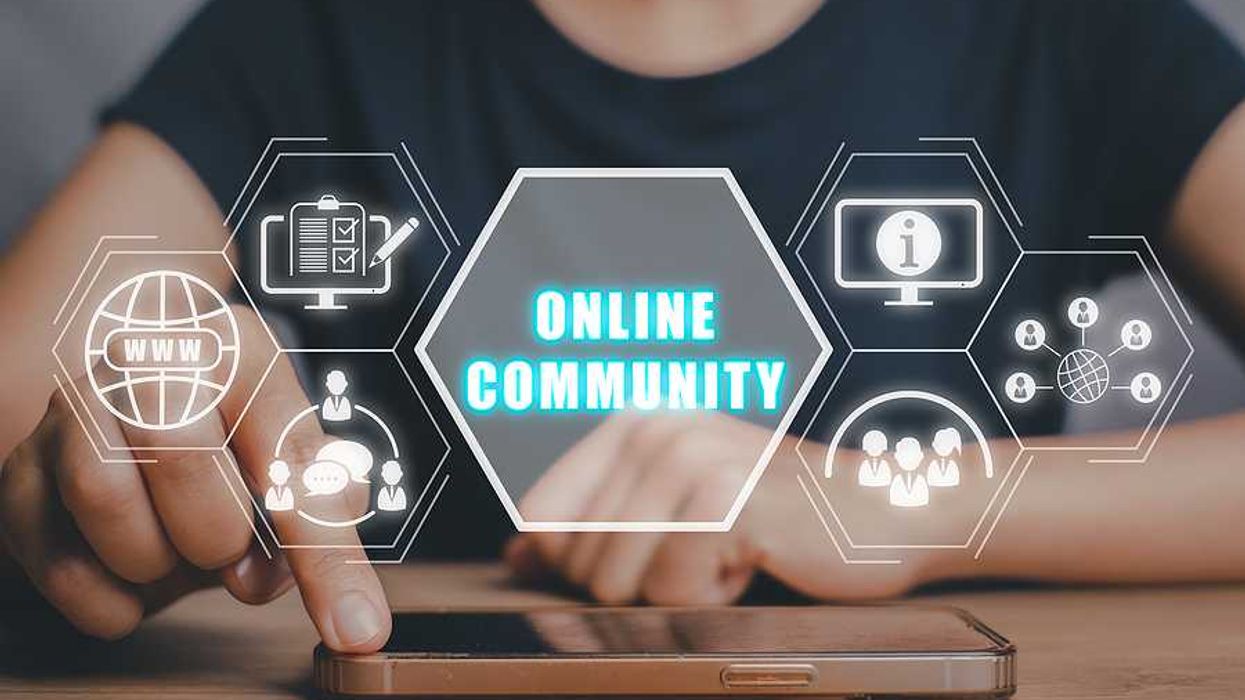
It is long overdue that we have a serious conversation about race and the workplace. That's why in a recent episode of JT Talks Jobs, Work It Daily founder and CEO, J.T. O'Donnell, invited special guest Stacey Lewis, founder of HR Interrupted, to talk about how we should address race in the workplace.
According to Lewis, here is what employers and employees should know about race and the workplace.
It Starts With Education
"When you go to the doctor and something is wrong with you," Lewis says, "you don't automatically go to the treatment. There has to be a diagnosis."
Lewis uses this metaphor to explain the best approach to addressing race and white privilege at work. Before we can ask "How can we address privilege?" we first need to know the "what" and the "why."
"It's so easy to jump into 'I got to do something,'" Lewis says. "But you won't be effective until you know the symptoms."
In order to understand the "what and the "why," workplaces should focus on education first.
What Does The Education Process Look Like?
Especially with a topic like white privilege, it's important to educate the workforce on what certain terms mean and how they apply to each of us differently.
"When you really understand the definition of white privilege only means that you probably have had some difficult times in life—no one is taking that away from you," Lewis says. "But your race, being white, probably was not a contributing factor to those difficulties. That's what white privilege means."
Lewis goes on to say that once the education process begins, and the more we become educated about these issues and terms in the workplace, it allows us to step back. It allows us to reflect and realize that our character is not being attacked, and there's some reality to these things. There is no need to go on the defensive. It may be uncomfortable at first, but that's the whole point.
Change doesn't occur when we stay in our comfort zones, blind to the realities of our lives and the lives of our colleagues. It starts with education, the "what" and the "why."
That initial education also opens the door for more learning.
Narrative is another important term to know in the workplace. "Narrative is the story. What we've been told. The establishment. What has gone forward." Lewis says. "When we say we want to change the narrative, we want to change the story. We want to change the belief. We want to change what has been told."
Every workplace that wants to—that needs to—change should think about the narrative, what we've been told about a certain race of people and what we do with that in the workplace.
Change begins with an understanding of narrative and white privilege, and also of tone profiling, white centering, unconscious bias, and microaggressions. This is where employers and employees need to start when approaching race in the workplace. This is what the education process looks like.
Resources & Additional Info

Bigstock
All of us at Work It Daily want to be more informed about the struggles Black Americans and other minorities face on a daily basis, so we can better help those communities with their careers. We realize that what we do best as a company is educating and providing useful resources to those who need them, hence this article and the livestream that inspired it.
Some additional FREE resources include:
- List Of Common Interview Questions
- Resume Mistakes Guide
- Cover Letter Samples
- Job Search Checklist
- Career Change Guide
Many thanks to Stacey Lewis, whose passion for re-engineering the HR agenda led her to create HR Interrupted, a community organization for HR Influencers with grit who unapologetically interrupt historical workplace ideologies and practices through inspiration and insight.
Learn more at hrinterrupted.com or follow her on Instagram @hrinterrupted.
- 4 Steps To Build A Diversity And Inclusion Strategy - Work It Daily ... ›
- The 5 Most Common Types Of Workplace Harassment - Work It ... ›
- What Executives Need To Know About Workplace Culture - Work It ... ›
- 3 Ways To Encourage A Diverse Workplace ›
- Microaggressions At Work: Definitions, Examples & Prevention - Work It Daily | Where Careers Go To Grow ›

 Bigstock
Bigstock Bigstock
Bigstock Bigstock
Bigstock


